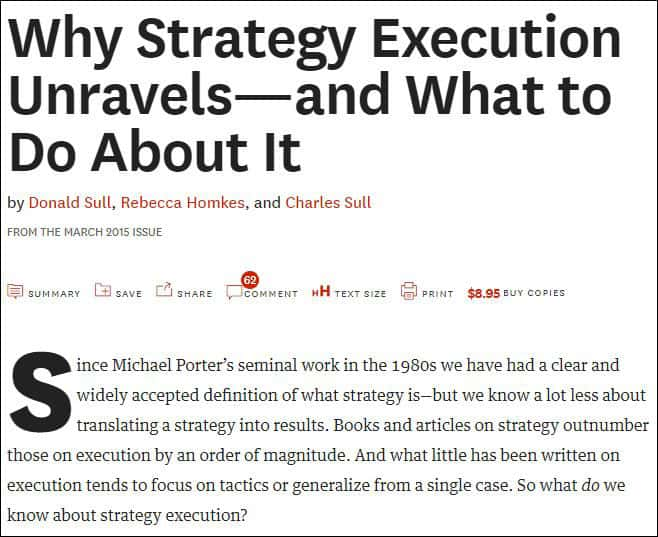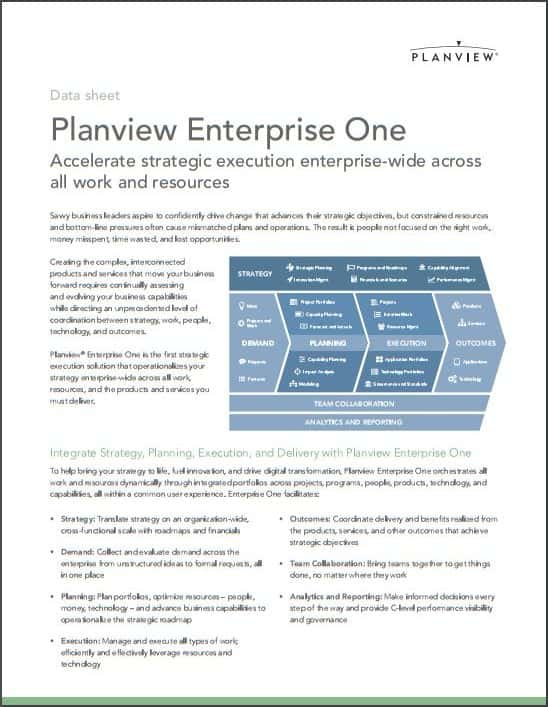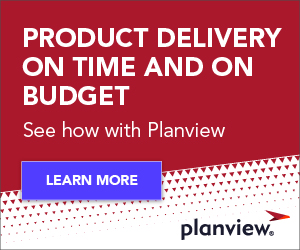
Do you spend months developing your strategic plan only to have it become shelf ware – literally sitting on a shelf collecting dust? Or, despite your best intentions at integrating strategy and execution, do your plans and operations on the ground become disconnected at some point?
Unfortunately, this is all too common. Of the 500 senior executives worldwide that The Economist Intelligence Unit recently surveyed, 90 percent said they fail to reach all their strategic goals because they don’t implement well. More than half revealed that this failure at strategy execution puts them at a competitive disadvantage.
Why is implementation of strategy so difficult? There are myriad of reasons, but one is that not everyone understands what the strategy is. A report cited in Harvard Business Review found that:
- 33% of executives could name just two of their company’s strategic priorities
- 55% of managers could name only one
- Just over half of CxOs understood how major priorities connect to strategic initiatives
- Fewer than 33% of their direct reports understood this
- Only 16% of team leads and supervisors understood this
According to research by Robert S. Kaplan and David P. Norton, 95 percent of employees either don’t know their company’s strategy or do not understand it: “If the employees who are closest to customers and who operate processes that create value are unaware of the strategy, they surely cannot help the organization implement it effectively.”
Constrained resources and bottom-line pressures also play a role in causing mismatched plans and operations. The result is people working at cross-purposes, money misspent, time wasted, and opportunities lost.
Creating the complex, interconnected products and services needed to move your business forward requires facilitating an unprecedented level of coordination between strategy, work, people, technology, and outcomes. You must continually assess and evolve your business capabilities and translate strategy into execution on an organization-wide, cross-functional scale. Most organizations lack strategic planning tools that integrate strategy with execution, enabling them to develop roadmaps for plans that can be managed, tracked, and executed across an enterprise.
This is where Planview’s work and resource management (WRM) solution for strategic planning comes into play. Organizations across the globe are using it to bring strategy to life, from formulation to execution across the organization.
Here are just a few of the ways our customers are benefiting from Planview’s strategic planning capabilities:
- Grow Portfolio Value:
- A product company sped the development of new, innovated products by 12 months by prioritizing the most-promising products over non-strategic activities.
- An EPMO with a $30 million strategic portfolio cut its $13 million of wasted investment in half by improving strategic execution of large cross-functional programs and increasing the number of successful initiatives. All projects are aligned to corporate strategy so decisions are based on real data, keeping the company focused and efficient.
- Increase Profit Margins: A financial services company increased profit margins by shifting 20 percent more time spent across R&D, IT, and marketing to strategic roadmap work to create winning products.
- Mitigate Risk: A manufacturing company successfully managed risks and opened operating plants that were ready to produce new, innovative products on day one, using strategic roadmaps that drive prioritization and prevent gaps across the organization.
- Decrease Costs with Improved Efficiencies: Automating its capital forecast process enabled an education company to reduce the time required to evaluate their strategic capital plans from weeks to minutes, saving $900,000.
Here’s what a few of our customers say about using Planview to do strategic planning:
Senior Project Manager for a Global Transportation Company: “To plan for our future, we must know where we are. To analyze and optimize, we need to understand our current and future plans. This is critical because 80 percent of our projects are running and 20 percent will be new every year. Planview gives us this transparency. In the product area, we connect that to the strategies that will enable us to do extended profitability analysis. We can see when we make different scenarios in the planning portfolios how that will impact the profitability of the products.”
IT Finance Manager for a Major Airline: “We went from capitalizing 10 percent of our IT labor to 20 percent, which equated to a multi-million-dollar net positive depreciation on our balance sheet. It’s a big win for our finance division.”
VP of Research and Development for a Major Manufacturer: “Developing our portfolio management capabilities with the use of Planview software has matured our organization in a way that has helped us become more efficient and nimble, so we can deliver products more quickly.”
The Planview Solution for Strategic Planning
Planview’s strategic planning software helps leaders deliver on their vision, from formulation to delivery across the organization.
- Drive strategy from the products, applications, and services you deliver: Build roadmaps to translate vision into plans. Lead transformational change, measure progress, understand impacts from decisions and adjust dynamically.
- Model trade-offs in dynamic environments: Optimize funding and resource allocation to cross-functional initiatives, evaluate funding alternatives, and compare trade-offs between proposed decisions.
- Deliver the programs that drive innovation and transformational change: Use program management capabilities to define plans, track status, and measure progress to execute key strategic initiatives successfully.
- Manage strategic funding and performance from strategy to initiatives: Create capital plans that integrate strategic and organizational financials to promote visibility and drive performance.
- Measure performance and share progress with dashboards and visualizations: Leverage reports, dashboards and interactive visualizations to inform executives and stakeholders – focus on analyzing progress, identifying trends, and accelerating your strategy.
- Engage with your organization in creating and executing strategic plans: Use collaborative workspaces, Kanban boards, and ideation campaigns to provide simple ways for all stakeholders and contributors to stay connected, drive innovation, share key information, and deliver on strategy.
For more information about Planview Portfolios, download the datasheet.




